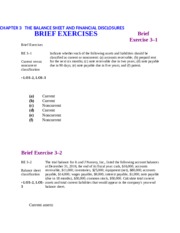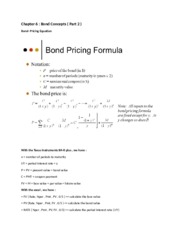
Preparing an object for g-tolerance (not getting damaged when subjected to a high g-force) is called g-hardening.citation needed This may apply to, e.g., instruments in a projectile shot by a gun. But a much larger object such as the Moon (with a mass of 7.342×1022 kg) does have a noticeable effect on the Earth. That is the acceleration due to gravity “g” that we all experience every day. what is just in time inventory management This results in objects being attracted to each other, which we call Gravity.
- This causes significant variation in blood pressure along the length of the subject’s body, which limits the maximum g-forces that can be tolerated.
- Schlamminger, of the National Institute of Standards and Technology in Gaithersburg, Md., sought to measure Newton’s gravitational constant.
- This results in objects being attracted to each other, which we call Gravity.
- The gravitational attraction between the suspended cylinders and four larger, roughly 11-kilogram copper cylinders nearby causes the disk to rotate on the ribbon.
Workshop attendees expressed moderate interest in forming a consortium, an organization that would centralize the process of finding consensus. A potential benefit of a consortium would be providing NIST and other National Measurement Institutes (NMIs) with a means of contributing support, for example in the form of precision length metrology services, to members. And the Earth also has an “orbit” (more like a wobble) with the Moon of about 5000 km (which is actually less than the Earth’s radius), also every 27.3 days. That is an extremely small acceleration, no wonder we don’t notice the Earth moving due to the apple.
What leads rivers to suddenly change course?
The Third Law of Motion, the law of reciprocal actions, states that all forces occur in pairs, and these two forces are equal in magnitude and opposite in direction. Newton’s third law of motion means that not only does gravity behave as a force acting downwards on, say, a rock held in your hand but also that the rock exerts a force on the Earth, equal in magnitude and opposite in direction. The g-force experienced by an object is due to the vector sum of all gravitational and non-gravitational forces acting on an object’s freedom to move. In practice, as noted, these are surface-contact forces between objects. Such forces cause stresses and strains on objects, since 8 top free accounting and bookkeeping software apps for 2022 they must be transmitted from an object surface.
Unit and measurement
Resistance to “negative” or “downward” g, which drives blood to the head, is much lower. This condition is sometimes referred to as red out where vision is literally reddened12 due to the blood-laden lower eyelid being pulled into the field of vision.13 Negative g-force is generally unpleasant and can cause damage. Blood vessels in the eyes or brain may swell or burst under the increased blood pressure, resulting in degraded sight or even blindness. For now, though, Schlamminger and others using hanging masses much as Cavendish did 225 years ago are still providing small business accounting 101 the most precise measurements.
That’s crude compared with Cavendish’s precision of one in 100, and much worse than other modern measurements. But it shows that an experiment in space, free of the complication of wires and nearby massive objects like the Earth, has potential to measure G in an entirely new way. Physicist Claudia de Rham of Imperial College London has a different view. The most likely reason for the discrepancies is that there’s something about each experimental system that’s unique.
The Precise Value of Gravitational Force
The standard gravitational parameter GM appears as above in Newton’s law of universal gravitation, as well as in formulas for the deflection of light caused by gravitational lensing, in Kepler’s laws of planetary motion, and in the formula for escape velocity. In the first equation above, g is referred to as the acceleration of gravity. That is to say, the acceleration of gravity on the surface of the earth at sea level is 9.8 m/s2. When discussing the acceleration of gravity, it was mentioned that the value of g is dependent upon location.

Example: how much force to hold an apple with a mass of 0.1 kg?
Where Cavendish used a large wooden box to protect his apparatus from stray breezes, Schlamminger relies on a vacuum chamber to eliminate the air almost entirely. When Cavendish performed his first measurements of the force of gravity in a lab, he relied on a set of lead spheres. Two of them were hanging at either end of a rod 6 feet (about 2 meters) long, and the whole contraption was dangled from a wire. He then placed larger lead balls nearby and measured the forces between the spheres by tracking how the hanging rod twisted on the wire. Although Cavendish was primarily interested in figuring out the Earth’s density, a little manipulation of his results shows that he effectively measured G for the first time.
They can take the place of the copper ones on the carousel to confirm that G is a true constant that doesn’t depend on the materials involved. At roughly twice the mass of the sapphire cylinders, the copper versions provide a better measure of G. Precisely how much each of the source masses weigh, though, Schlamminger doesn’t know. That’s because of the secret number tucked away in the sealed envelope.
